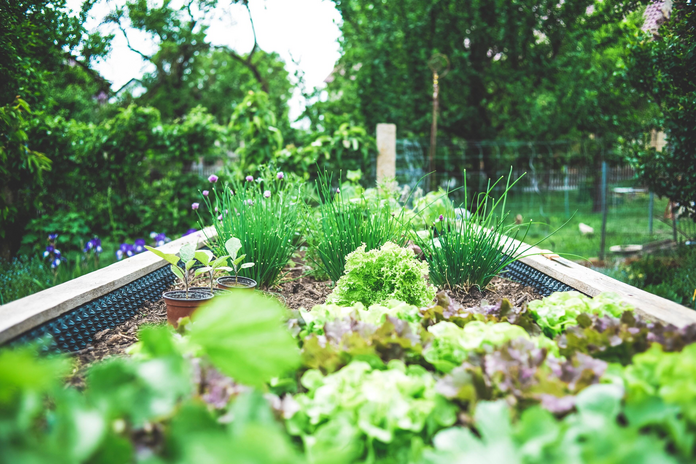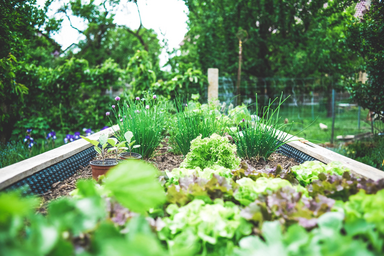This past year, I’ve begun experimenting with propagating plants in an attempt to fill my room with greenery. I’ve learned that the process and complexity for propagations varies, but overall, it is surprisingly simple; consisting of snipping part of a plant, placing it in water, changing the water every week or so until sufficient roots grow, and then planting your new creation! I’ve always wanted a vegetable garden ever since my family had one years ago in our previous home and with my newfound green thumb, I thought it would be a perfect project for this spring and summer. Then, I realized you could even propagate vegetables from the food you buy at the grocery store. Realistically, I will end up buying seeds for much of my garden, but I also wanted to experiment with propagations, so here are 4 easy-to-propagate vegetables to kickstart your backyard project of transforming scraps into fresh produce.

Green onions
Green onions, (scallions), are one of the easiest veggies to propagate in my experience. Grab a green onion and cover the exposed roots in water. Change the water every few days and watch the roots lengthen. After the roots develop in about a week, you can plant the green onions. I grew an entire stock in around a week and wonder why I even purchased them in the first place!
Lettuce
Lettuce propagations can work with romaine, red lead, Boston lead, or radicchio lettuce, but romaine hearts are known to be the most successful. Start by cutting the end of a bunch of lettuce; leaving around two inches at the base of the stem. Then, remove some of the leafy parts from the cutting to prevent rot without impacting leaves directly connected to the stem. Place the cutting in a jar with the cut side facing up and the base covered with water. Keep an eye out for mold growth; it can help to prop the cutting up with toothpicks and to change the water every other day. Within less than a week, sprouts should form and in around 12 days, new lettuce leaves should grow and be ready for harvest by just resting in water.

Celery
A crunchy and zesty green that’s essential for soups, celery is simple to propagate as long as you have five months of patience for a completely new plant! Cut around two inches off the base of celery while keeping the bundle of stalks intact. Then, place the celery in water; covering one inch of the base. It can help to put four toothpicks around the cutting; around a ½ inch from the top. Keep the propagation in bright natural light and change the water frequently. Leaves should grow on the propagation and later, stalks as well as roots. After sufficient roots have formed, plant the propagation in soil April through June.
Carrots
Fresh carrots are just next level and taste completely different than store-bought ones. Now, this propagation requires some patience since it will just yield a parent plant and seeds, not an actual carrot, but I’m still excited because the plant itself is gorgeous! Cut off the top of a carrot (about an inch) and cover it in water for a few days until the top of the carrot sprouts. Once sprouts have formed, place the propagation in the ground covering everything but the very top of the green sprouts. A carrot plant should start to grow and once white lacy flowers form and it dries, you can collect the seeds for the next season! These seeds should be planted in March for those living in New England.




